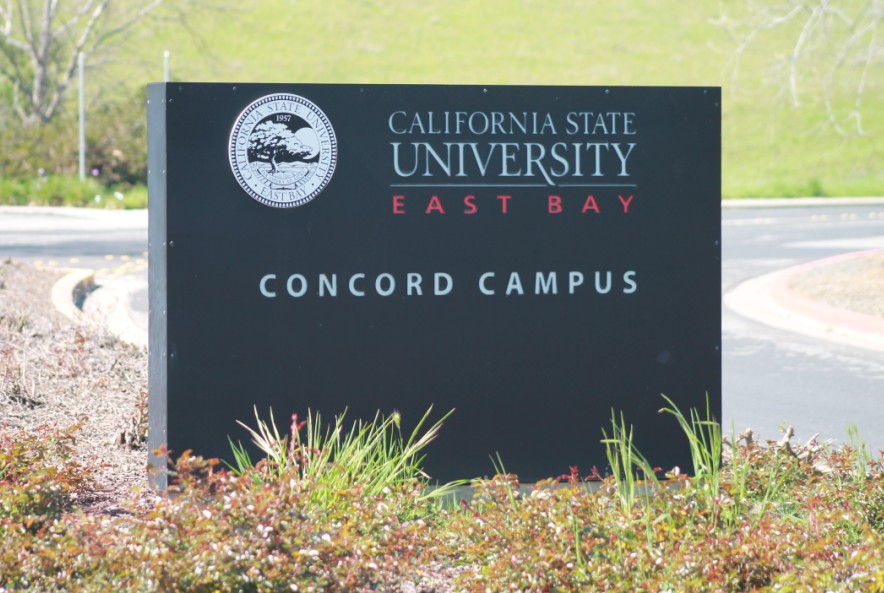By Ashley A. Smith – EdSource
Undergraduate enrollment in California State Universities continues to suffer from a pandemic-induced drop as fewer transfer students arrive from the state’s community colleges.
Despite first-time freshman numbers rebounding to their pre-coronavirus pandemic levels, the decreases in transfer are having an impact on the 23 Cal State campuses.
“We now face a challenge that requires our collective and immediate attention, as well as the resolve to be nimble and creative in our adaptations,” interim Chancellor Jolene Koester recently told trustees about the system’s enrollment challenge.
Overall undergraduate enrollment for the Cal State system fell once again, to 404,820 students this fall — about 17,500 fewer students than the previous year. The decline continues a trend that started last year. Despite the pandemic, CSU saw enrollment gains in 2020, but by 2021, 17 of 23 campuses saw declines. This fall, only three campuses saw a slight uptick in enrollment: Cal Poly Humboldt, CSU San Bernardino and San Diego State.
“I want to be clear about this,” she said. “This is not an individual university or campus issue. This is a system issue.”
The enrollment decrease is primarily driven by fewer new transfer students and more full-time students changing to part-time, Koester said.
The primary source of transfers into CSU is the community colleges. New transfers from community colleges are down by about 12,000 students, she said. This year, the system enrolled 46,323 transfer students — the lowest number in seven years.
The decrease in transfers is a domino effect from record-low enrollment at the state’s community colleges. Since 2019, the 115 physical community colleges have lost about 300,000 students. The system’s 1.8 million enrollment is the lowest in 30 years.
A recent report by the Public Policy Institute of California explained that the community college losses are due largely to the pandemic and the long-term effects of declining birth rates.
The declines “may have set California’s higher education system back” by limiting its ability to “promote economic mobility among the historically underrepresented,” according to PPIC.
“A sustained decline in enrollment throughout the CSU presents fundamental and significant threats to our mission,” Koester said. “It presents fundamental and significant threats to the viability of our universities and the future of the communities those universities serve. A sustained decline in enrollment will result in losses of tuition and campus fees.”
But CSU isn’t alone. Nationally, public four-year universities lost 1.4 million students between 2019, the year before the pandemic, and spring 2022, a drop of 3.4 percent.
Koester said that “now is not a time to panic,” and CSU has met with officials in the governor’s office and the Legislature to inform them of the situation. The system expects that it will be more than 25,000 fewer full-time students — almost 7 percent — below the funded 2022-23 California resident enrollment target.
Earlier this year, CSU made a budget agreement with the governor’s office to receive financial increases of 5 percent over the next five years that included making progress on growing enrollment. CSU agreed to add 14,000 more undergraduate students over four years through 2026-27. That’s equivalent to annual enrollment growth of 1 percent.
Koester said leaders in the governor’s office and Legislature “understand that declining enrollment is not unique to the CSU, but rather a national trend” and the lingering impact of the pandemic has compounded existing demographic changes.
Meanwhile, the chancellor’s office is meeting with campus presidents and senior administrators to develop strategies to increase applications and student retention, she said. One silver lining for the Cal State system is that the system continues to attract new students. First-time, first-year enrollment increased to more than 65,000 students, Koester said, adding that the system is back to its pre-pandemic numbers for the freshman group.
For example, CSU recently partnered with Los Angeles Unified to “better support schools that have low college going-rates” Koester said.
And there are some positive signs for the future. Koester said about 120,000 more applications had so far been submitted to CSU for fall 2023 compared with last year. Last week Cal Poly Humboldt announced that freshman applications had increased 86 percent compared with last year, according to preliminary data.
But transfer applications to the system continue to lag, Koester said.
“I am indeed heartened by the positive signs that our work has produced,” she said referring to continuing efforts to attract and keep new students.


